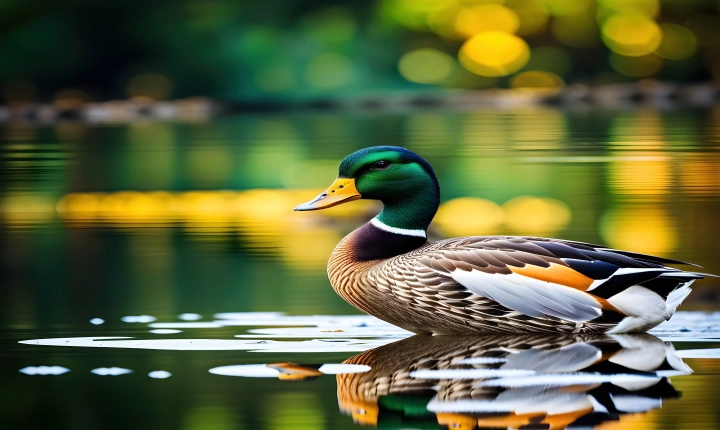Title: Can AI Make an Animation? Exploring the Role of Artificial Intelligence in the Animation Industry
In recent years, the animation industry has experienced a significant transformation, driven in part by advancements in artificial intelligence (AI) technology. AI has begun to play a crucial role in the creation of animated content, raising the question: can AI make an animation? This article aims to explore the intersection of AI and animation and the impact of AI on the production of animated content.
Traditionally, the creation of animation has been a labor-intensive process, requiring skilled artists and animators to painstakingly craft each frame of a sequence. However, with the rise of AI-powered tools, animators now have access to a wide range of automated features and techniques that can streamline the animation production process. AI can assist in tasks such as character animation, background design, and visual effects, enabling animators to work more efficiently and creatively.
One of the most prominent applications of AI in animation is the use of machine learning algorithms to generate and animate characters. By training AI models on vast datasets of movements and behaviors, animators can use these models to automatically create lifelike and expressive character animations. This technology has the potential to revolutionize the way characters are brought to life in animated films and series, offering a new level of realism and fluidity.
Additionally, AI-powered tools can also be used to accelerate the process of background design and visual effects. With the assistance of AI, animators can quickly generate detailed backgrounds, simulate natural phenomena, and enhance visual elements, ultimately saving time and resources in the production pipeline.
Moreover, AI has the potential to democratize the animation industry by enabling creators with limited resources to produce high-quality animated content. As AI tools become more accessible and user-friendly, aspiring animators and independent filmmakers can leverage these technologies to bring their creative visions to life without the need for a large team or budget.
Despite the notable benefits of AI in animation, there are also concerns about the potential impact on the role of human animators and artists. Some worry that AI automation could lead to the displacement of creative professionals and the homogenization of artistic expression. However, proponents argue that AI should be viewed as a tool that complements and enhances human creativity, rather than replacing it entirely.
In conclusion, the intersection of AI and animation presents a wealth of opportunities for the industry, from streamlining production processes to expanding creative possibilities. While the question of whether AI can make an animation is increasingly being answered in the affirmative, it is important for the industry to carefully consider the ethical and creative implications of integrating AI into the animation workflow. Ultimately, the role of AI in animation will continue to evolve, shaping the future of animated storytelling and creative expression.
